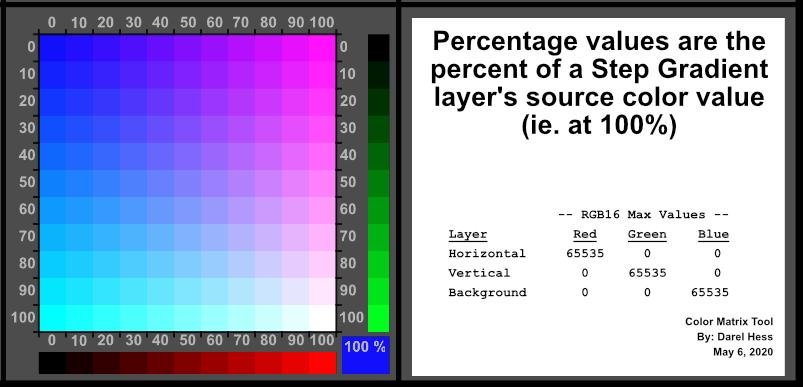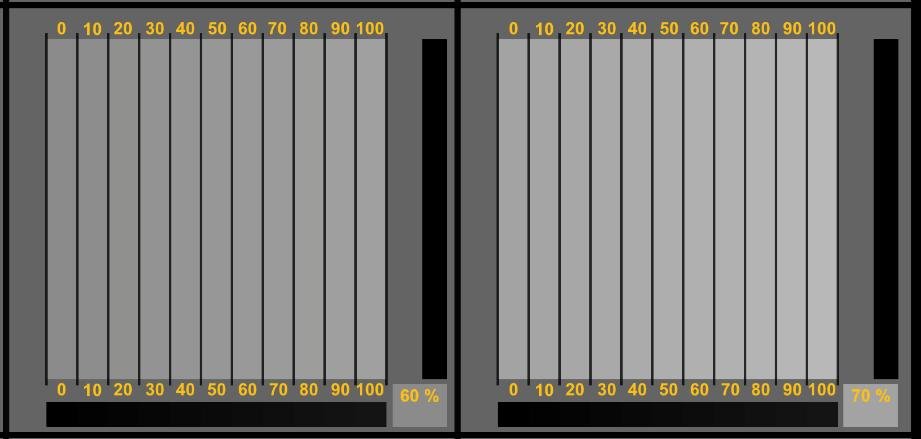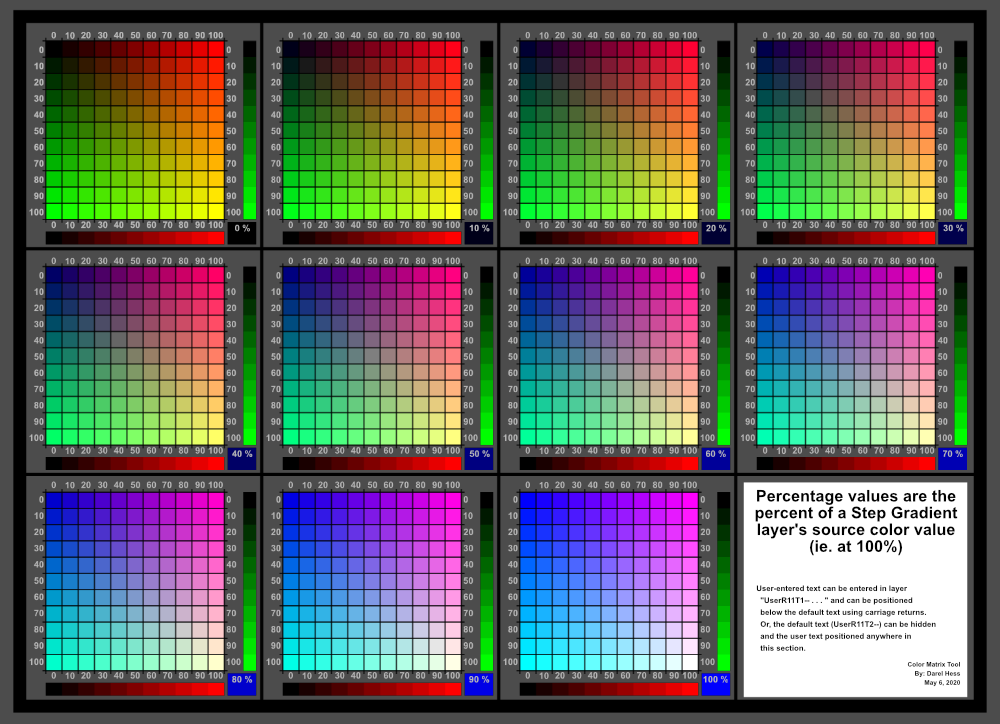
DH_Tn
Members-
Posts
8 -
Joined
-
Last visited
Profile Information
-
Location
Tennessee, United States
-
Interests
Nature photography, especially plant closeup.
-
DH_Tn started following Procedural Textures - Tutorial for Affinity Photo
-
Macro and Library Panel Missing
DH_Tn replied to DH_Tn's topic in Pre-V2 Archive of Desktop Questions (macOS and Windows)
When I had this problem, I found out that there is a "Left Studio Window" that I was not aware of and that was where the Macro and Library tabs were located at the time. 1. First make sure that the Library and Macro tabs are flagged as visible a. Select: View > Studio and click "Library" if it does not already have a check mark beside it. b. Select: View > Studio and click "Macro" if it does not already have a check mark beside it. 2. If you do not see the the Macro and Library tabs in the Studio panels on the right side of the Affinity window, look in the Left studio window a. Select View > Studio and click "Show Left Studio" if it does not already have a check mark beside it. 3. You should now show the following items as Checked (Enabled) under View > Studio: a. Macro, Library, Show Left Studio, and Show Right Studio 4. View > Studio > Hide Studio should be unchecked At this point you should be able to see the Macro and Library tabs in the Left or Right studio panels. You can Click and Drag tabs from one studio panel to another if you wish. -
 Andy05 reacted to a post in a topic:
A Color Matrix Tool to create displays for testing adjustments and blend modes
Andy05 reacted to a post in a topic:
A Color Matrix Tool to create displays for testing adjustments and blend modes
-
 malayali reacted to a post in a topic:
A Color Matrix Tool to create displays for testing adjustments and blend modes
malayali reacted to a post in a topic:
A Color Matrix Tool to create displays for testing adjustments and blend modes
-
 Patrick Connor reacted to a post in a topic:
A Color Matrix Tool to create displays for testing adjustments and blend modes
Patrick Connor reacted to a post in a topic:
A Color Matrix Tool to create displays for testing adjustments and blend modes
-
I have developed a Photo document to be used as a Color Matrix Tool. The source document file along with instructions and sample output images are available at the link below. Source files for macros and a swatches palette are also available. The document is being shared for personal, noncommercial usage. Link: https://www.dropbox.com/sh/iotzz5qa19udz9u/AAD5mPZu0bgJyhsbmMUooCD-a?dl=0 In the following description a “color” or “color value” refers to a color made up of some combination of red, green, and blue. Each of the three individual components of the color is referred to as a “color channel”. The output of the document is an image consisting of 12 sections (see first sample image below). Eleven of the sections each contains an 11x11 matrix of cells for displaying colors. Each matrix cell is 50 pixels square. Think of each section as being a layer from a color cube with 11x11x11 cells. The user can easily create a display of 1331 cells of unique colors. It is also possible to create a RGB16 step gradient of an RGB color or a gray scale distributed across 11, 121, or 1331 steps. The 12th section is available for the user to enter text notes to accompany the display. The user specifies the colors to be varied in 10% steps horizontally and vertically within a section. The opacity of each of the colors is varied from 0 to 100% in 10% steps using layer masks. A third (background) color is user specified to be applied to all cells equally within a matrix section and is likewise varied in 10% steps between sections. The final color displayed in a cell is the sum of the red, green, and blue color channels of each of the 3 Fill layers (horizontal, vertical, and background). It is also possible to add a constant color value to any of the step gradient colors. For example, it is possible to vary a red color horizontally to go from 50 to 250 (RGB8) by assigning the constant value as 50 and the step gradient component as 200 (0-200). The possible displays lend themselves nicely to visualize and/or quantitate the effects of various Adjustment layers and of Opacity, Blend Modes, and Blend Ranges applied to: a. adjustment layers, b. superimposed pixel layers, c. superimposed fill layers, or d. output of the Color Matrix Tool. Images can be exported as PNG (retains opacity and accurate pixel values) or JPG files for sharing or using in the future without having to recreate them. I recommend that you at least do a quick of the Instructions file located in the above link at, ColorMatrixTool -- by Darel Hess\_B_Instructions_Hints____ColorMatrixTool.jpg Hope you enjoy playing with the tool. Sample image with single color channel in each of 3 fill layers. Matrix section with inner grid lines hidden. User text in section 12. Portion of a 121 step gray scale spanned across 11 sections. Note the ability to hide/show the vertical and the horizontal grid lines independently. Color of axis labels can also be set by the user. Visibility of the left, right, top, and bottom axis labels can be independently hidden or displayed.
-
Macro and Library Panel Missing
DH_Tn replied to DH_Tn's topic in Pre-V2 Archive of Desktop Questions (macOS and Windows)
Left Studio was not showing. Displaying it SOLVED THE PROBLEM. THANKS for the speedy help!! -
Macro and Library Panel Missing
DH_Tn replied to DH_Tn's topic in Pre-V2 Archive of Desktop Questions (macOS and Windows)
All work has been on a laptop without any other monitors. -
Affinity Photo ver. 1.8.0.585, Dell Inspiron 5770, Windows 10 pro (x64) ver. 10.0.18363 I can no longer get the Macro or Library panels to show in any of the Panel sections. (View>Studio>Macro or >Library) 1. The entries on the Studio list show both Macro and Library with check marks. Keyboard macros Ctrl+Alt+L and Ctrl+Alt+M work as expected in selectiing and deselecting the Macro and Library panels 2. Removing and reselectng Library and/or Macro via View>Studio makes no difference other than adding or removing the check marks. Also View>Studio>Reset Studio does not change the situation. 3. Removing C:\Users\darel\AppData\Roaming\Affinity\Photo\1.0\user\macros.propcol and restarting Affinity Photo does not help. Macros.propcol does get recreated. 4. Adding a user-created macros file by dropping on the workspace does not result in an error but the panels are still not visible. The last time I used the Macro and Library panels was around mid February when they were used together in a floating window separate from the main panels sections. Any help would be appreciated.
-
 Smee Again reacted to a post in a topic:
Wildflower, not sure of name
Smee Again reacted to a post in a topic:
Wildflower, not sure of name
-
Nice image. It looks like Maryland meadow beauty (Rexia mariana)
-
Export PNG: 'selection without background' forces image resize
DH_Tn replied to 10C's topic in V1 Bugs found on Windows
With Photo (ver 1.7.3.481): With File Export I am getting similar results any time I manually change the pixel dimensions to resize the output and then change the entry in the Area field, the manually entered pixels change back to the original values.



